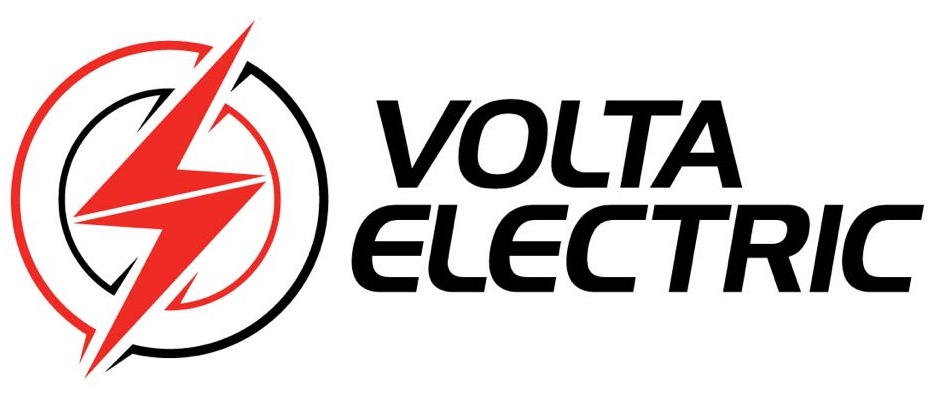
Working with live wires is an integral part of an electrician’s job, but it comes with inherent risks. The safety of both the electrician and those around them relies on following strict precautions. This article will discuss the crucial safety precautions that electricians need to follow when handling live wires. It highlights the significance of prioritizing safety while working with live wires, which is a critical aspect of their job.
Understanding the Risks
When working with live wires, electricians face potential hazards such as electrical shocks, burns, and even fatal injuries. Recognizing the risks associated with live wires is the first step toward implementing proper safety precautions. Electricians must understand the nature of electricity, including voltage, current, and the potential for electrical arcs, and be aware of the specific dangers posed by the electrical systems they are working on.
Personal Protective Equipment (PPE)
One of the fundamental safety precautions an electrician must take when working with live wires is wearing appropriate personal protective equipment (PPE). This includes insulated gloves, safety glasses, flame-resistant clothing, and non-conductive footwear. Insulated gloves provide a protective barrier against electric shocks, while safety glasses shield the eyes from potential sparks or debris. Flame-resistant clothing reduces the risk of burns, and non-conductive footwear prevents electrical grounding through the feet. Adhering to strict PPE protocols ensures that electricians are safeguarded from potential electrical hazards.
Lockout/Tagout Procedures
Before working on live wires, electricians must follow lockout/tagout procedures. This involves isolating the power supply by using lockout devices and tags to prevent accidental energization. By effectively locking out the electrical system, electricians eliminate the risk of unexpected electrical surges, ensuring their safety while working on live wires. Implementing these procedures also protects other personnel who may be present in the area, preventing accidental contact with energized circuits.
Testing and Verification
A critical safety precaution for electricians when working with live wires is testing and verifying that the circuit is de-energized before beginning any work. This involves using voltage testers, multimeters, or other appropriate testing equipment to confirm that no electrical power is present. Electricians should perform these tests at multiple points, including at the electrical panel, switches, and outlets. By double-checking that the circuit is truly de-energized, they minimize the risk of accidental contact with live wires.
Continuous Training and Awareness
Safety in working with live wires goes beyond initial training. Electricians must undergo regular training to stay updated on safety practices and regulations. This includes learning about new equipment, techniques, and safety standards within the electrical industry. Electricians should also be vigilant and maintain situational awareness while on the job, keeping an eye out for potential hazards and addressing them promptly. By continuously enhancing their knowledge and staying aware of potential risks, electricians can ensure a safer working environment for themselves and others.
Working with live wires requires electricians to prioritize safety above all else. By understanding the risks involved, wearing appropriate PPE, following lockout/tagout procedures, testing and verifying circuits, and undergoing continuous training, electricians can minimize the dangers associated with working on live wires and ensure their own well-being and that of those around them.
Learn more:
How has the rise of renewable energy sources impacted the demand for electricians?
What are the main responsibilities of an electrician in residential settings?

